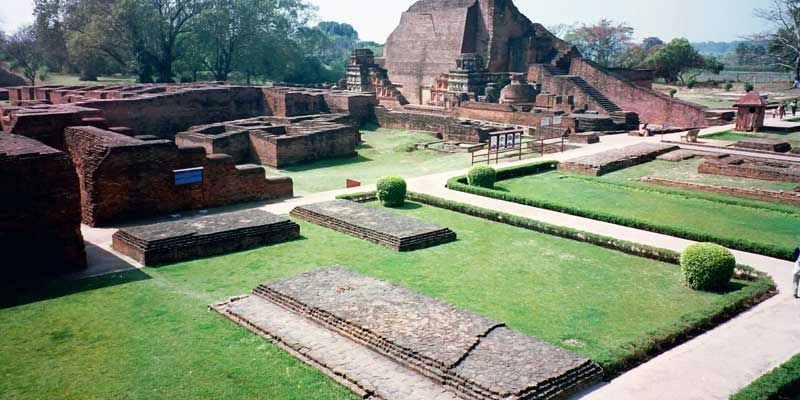Long before universities like Harvard and Cambridge came into existence, Nalanda flourished as a centre of learning. Ancient higher-learning centre was re-established after 800 years, early this week.
Another red-letter day was marked in history when an ancient higher-learning centre was re-established after 800 years, early this week.
Long before universities like Harvard and Cambridge came into existence, Nalanda flourished as a centre of learning, during the Gupta period. When at its peak, the education centre at Nalanda attracted scholars from Tibet, China, Greece, Greater Iran, Burma, and many more across the Indian subcontinent.
The reopening of Nalanda university in Bihar’s Rajgir district is an effort to revive the ancient institution of learning.
Eight hundred years after it was wrecked by foreign invaders, Nalanda university restored its glory on September 1st. The first academic programme started off with fifteen students.
The revival of Nalanda university aims to recreate the intellectual austerity of what was previously one of the topmost education centres in the world. A full-fledged 445 acres campus is being currently constructed at about a distance of 12 kilometres from the original site.
The Union government spent a whopping amount of Rs 2,700 crores to reinstate the stature of Nalanda.
Economist Dr Amartya Sen is the Chairman of governing body, while renowned personalities from other countries are its members. Former Singapore minister George Yeo and Secretary of Ministry of external Affairs Anil Wadhwa are a few to name.
As mentioned on the university website, the university shall offer degree in Master’s, M Phil, and Doctorate. Initially recognized as a centre of excellence for Philosophy, Buddhist studies, Literature, and Mathematics, the university would now establish seven schools of learning, namely:
Historical studies
Ecology and Environment Studies
Buddhist Studies: Philosophy and Comparative religions
Linguistics and Literature
International Relations and Peace studies
Information Science and Technology, and
Economics and Management.
Former President of India, Dr. APJ Abdul Kalam had proposed the idea of reviving the university, while addressing the Bihar state Legislative assembly in 2006.
The state government of Bihar adopted the idea and with the consent of the central government in 2010 began its search for a new location for the university.
According to the reports, a number of foreign assistances helped restoring the glory of the ancient centre of learning.
While Thailand’s ambassador to India donated $ 1,00,000, Singapore has promised an approximate amount of $ 5 million for the re-establishment. An amount of $ 1 million which was contributed by China, was used to establish a central library at the campus. $1 million provided by the Australian government will be used to establish the School of Ecology and Environmental studies.





